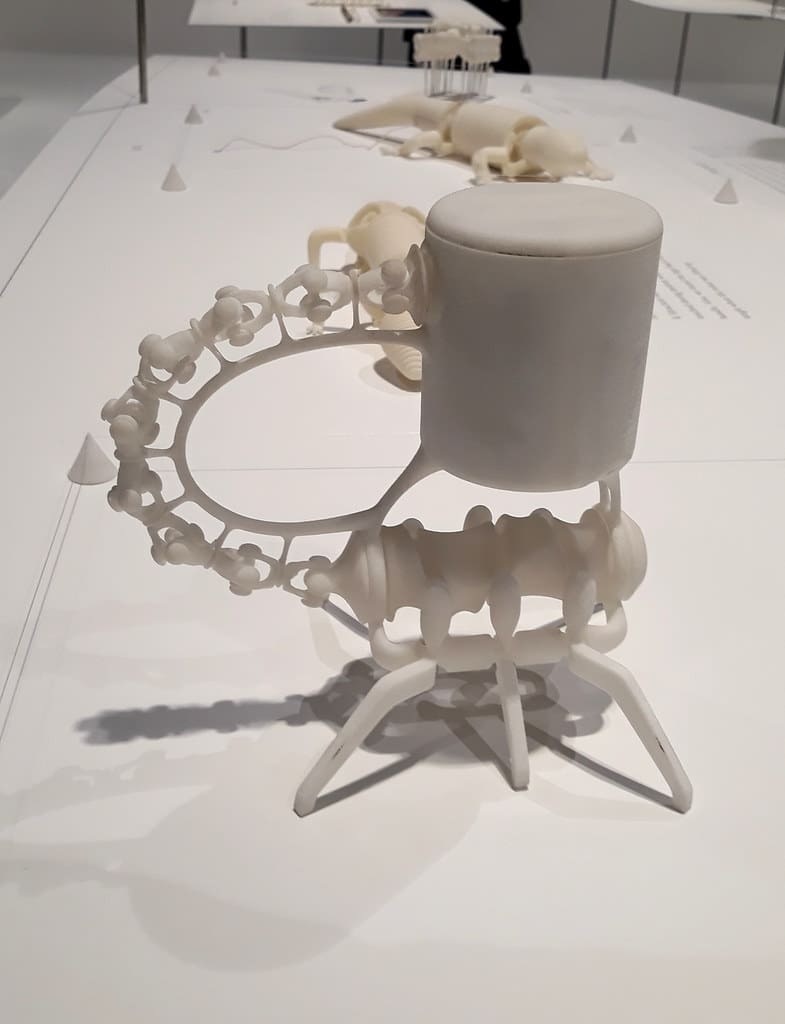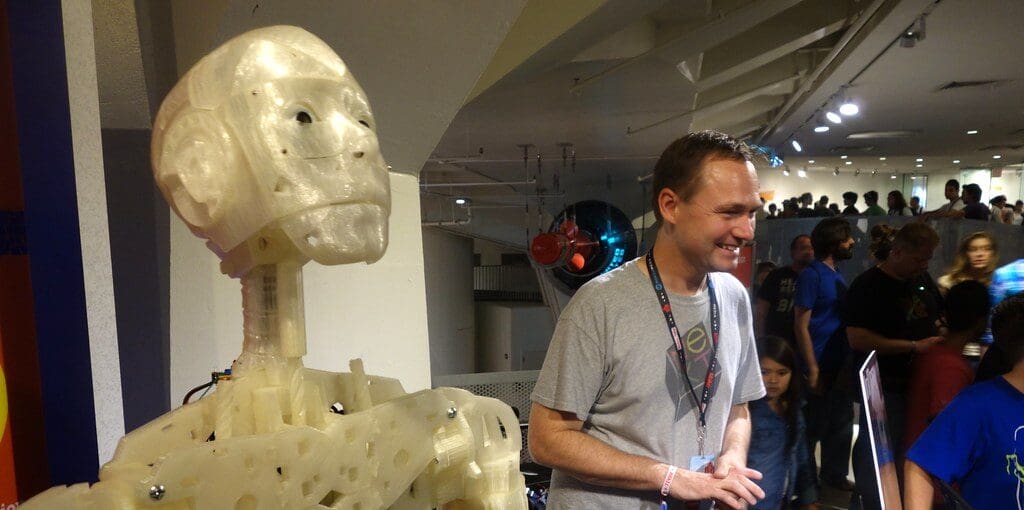Neurorobots, a burgeoning field at the intersection of neuroscience, robotics, and artificial intelligence, involve the creation and use of robotic systems designed to mimic or interface with neural biological processes. These systems are increasingly employed in both research, to better understand neural mechanisms, and in clinical settings, to assist in rehabilitation and compensation for neurological deficits. The integration of 3D printing technology into neurorobotics has revolutionized the development of these specialized robots by enabling the rapid production of customized, complex, and cost-effective components that can interact directly with biological neural systems.
The Emergence of 3D Printing in Neurorobots
Originally used primarily for prototyping, 3D printing has quickly become integral to the fabrication of neurorobotic devices. Its ability to produce lightweight, complex, and precise structures is particularly advantageous for creating robots that are both functional and compatible with human anatomy and movements. As 3D printing technologies have advanced, they have allowed for the customization of neurorobots to specific research projects or individual patient needs, making the technology a crucial component of innovative neurological therapies and studies.

Advantages of 3D Printing in Neurorobots
Customization and Flexibility: 3D printing allows for the design and fabrication of neurorobot components tailored to specific scientific or clinical requirements. This customization is critical in creating devices that can accurately mimic or interface with human neurology.
Complexity and Integration: Advanced 3D printing techniques enable the creation of intricate components needed for neurorobots, such as articulated joints, sophisticated sensor arrays, and mechanisms for delicate interaction with neural tissues.
Rapid Prototyping: The ability to quickly produce prototypes accelerates the iterative process of design and testing in neurorobot development, significantly reducing the time from concept to deployment.
Cost-Effectiveness: 3D printing reduces the cost of creating specialized robotic systems by eliminating the need for expensive tooling and by minimizing material waste, making neurorobotics more accessible for research and therapy.
Key Applications of 3D Printing in Neurorobots
Research in Neural Function and Disorders: Neurorobots are used in experimental settings to simulate neural processes and to model diseases such as Parkinson’s or multiple sclerosis. Researchers utilize 3D printed neurorobots to study complex neural interactions and motor functions in a controlled environment.
Rehabilitation Robotics: In clinical neurorehabilitation, neurorobots assist patients in regaining motor functions. 3D printed exoskeletons and prosthetic devices are customized for individuals to match their specific rehabilitation needs, enhancing the efficacy of therapy.
Surgical Assistance: Neurorobots, often fabricated with components made through 3D printing, assist in neurological surgeries by enhancing precision and reducing human error. These robots can perform or assist in complex procedures that require high precision, such as deep brain stimulation electrode placement.
Educational Tools: 3D printed neurorobots serve as excellent educational tools in both academic and clinical settings, helping students and professionals understand neurological functions and robotic interactions.

Challenges in 3D Printing for Neurorobots
Material Compatibility: Finding materials that are durable yet flexible and biocompatible for long-term interaction with human tissues remains a challenge in 3D printing applications for neurorobots.
Resolution and Detail: The intricate designs required for neurorobot components often demand extremely high resolution and precision, which can be challenging to achieve with current 3D printing technologies.
Regulatory and Ethical Considerations: Neurorobots that interact closely with human neural systems raise significant ethical and regulatory questions, particularly concerning privacy, autonomy, and long-term impacts, which need to be addressed as the field advances.
Integration with Biological Systems: The integration of mechanical and electronic components with biological neural systems is complex and requires sophisticated design and control strategies to ensure compatibility and functionality.
Future Directions in 3D Printing for Neurorobots
The future of 3D printing in neurorobotics is promising, with ongoing advancements expected to address current limitations and enhance capabilities. Innovations in biocompatible materials, multi-material printing, and the integration of electronics directly during the printing process are likely to drive significant progress in this field.
3D printing is set to continue its transformative impact on neurorobotics, providing innovative solutions that advance our understanding of neural mechanisms and improve treatments for neurological conditions. As technology evolves, it promises to bring more sophisticated, customized, and effective neurorobotic devices to both research settings and clinical practice, potentially revolutionizing the way neurological health is managed and studied.








